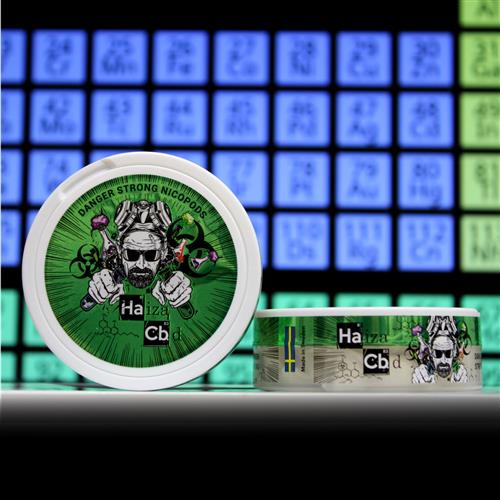Haiza
Haiza: A Premium Handmade Cigar
Tobacco, considered one of the oldest trading commodities in the world, has been used for various purposes, including medicinal and recreation, for centuries. One of the popular ways people enjoy tobacco is by smoking it in the form of a cigar, providing a soothing experience to some smokers. A cigar is not just a few tobacco leaves rolled up in a cylindrical shape, but rather a combination of different tobaccos blended in a precise ratio for the desired flavor.
Cigar production in the United States has a long history dating back to the early 1800s. The peak year for the country's cigar production, despite alcohol prohibition, was in 1920 when eight billion cigars were produced. The previous year had already seen the manufacture of seven billion cigars, demonstrating the significance and popularity of cigars in those times.
Cigars are not just for people to enjoy, but they are also something to learn how to smoke properly. Smoking cigars is an activity steeped in culture and relaxed sophistication. To get the most out of smoking, cigar aficionados follow certain rules while smoking. Fortunately, there is no need for beginners to feel intimidated; smoking cigars can be learned, and there are plenty of resources to guide them.
One way cigars are classified is through their ring gauge, which measures a cigar's diameter and determines its width. A cigar's ring gauge is measured in 64ths of an inch, and 64 is the largest ring gauge, equivalent to one inch. For example, a cigar with a ring gauge of 32 is 1/2 inch wide. The ring gauge of a cigar can affect its smoking time, taste, and draw, which is the amount of air resistance a smoker experiences when puffing on a cigar.
Although cigars are made through various methods, the finest ones are entirely handmade. Crafting cigars through hand requires great care, expertise, and precision from start to finish. It is similar to learning how to play a musical instrument that requires hours of practice for a person to master. Cigar makers begin the process by selecting the right tobacco leaves, which might come from different regions and countries, then by sorting them by color, quality, fragility, and texture.
The chosen tobacco is then moistened, stretched, and ordered in a specific pattern and wrapped in two or more binder leaves coated with a vegetable glue made from a plant called "vegetal." The tobacco composition and the choice of binder leaves affect the cigar's taste, strength, and draw. Lastly, the cigar is wrapped in a wrapper leaf, which is the final layer that holds everything together and provides the cigar's flavor.
Haiza is one brand that prizes itself on producing high-quality handmade cigars. Haiza pays attention to detail and exceptional craftsmanship, providing customers with a memorable smoking experience. The Haiza cigar is carefully hand-rolled in the Tabacalera Santiago factory in the Dominican Republic, with an exclusive blend of tobacco from different regions. The Haiza cigar's unique flavor comes from using a Sumatra binder leaf and an Ecuadorian seed wrapper leaf with hints of caramel, honey, and nuts.
In conclusion, cigars are more than a few tobacco leaves wrapped together; they are also an art form. Cigars come in various forms, using different tobacco blends to bring out various flavors and strengths. The cigar craftsmanship that goes into rolling a cigar by hand is remarkable, and the final product provides a memorable smoking experience. For those interested in smoking cigars, there is no better time than now to start, with resources available to help them learn how to smoke properly.
